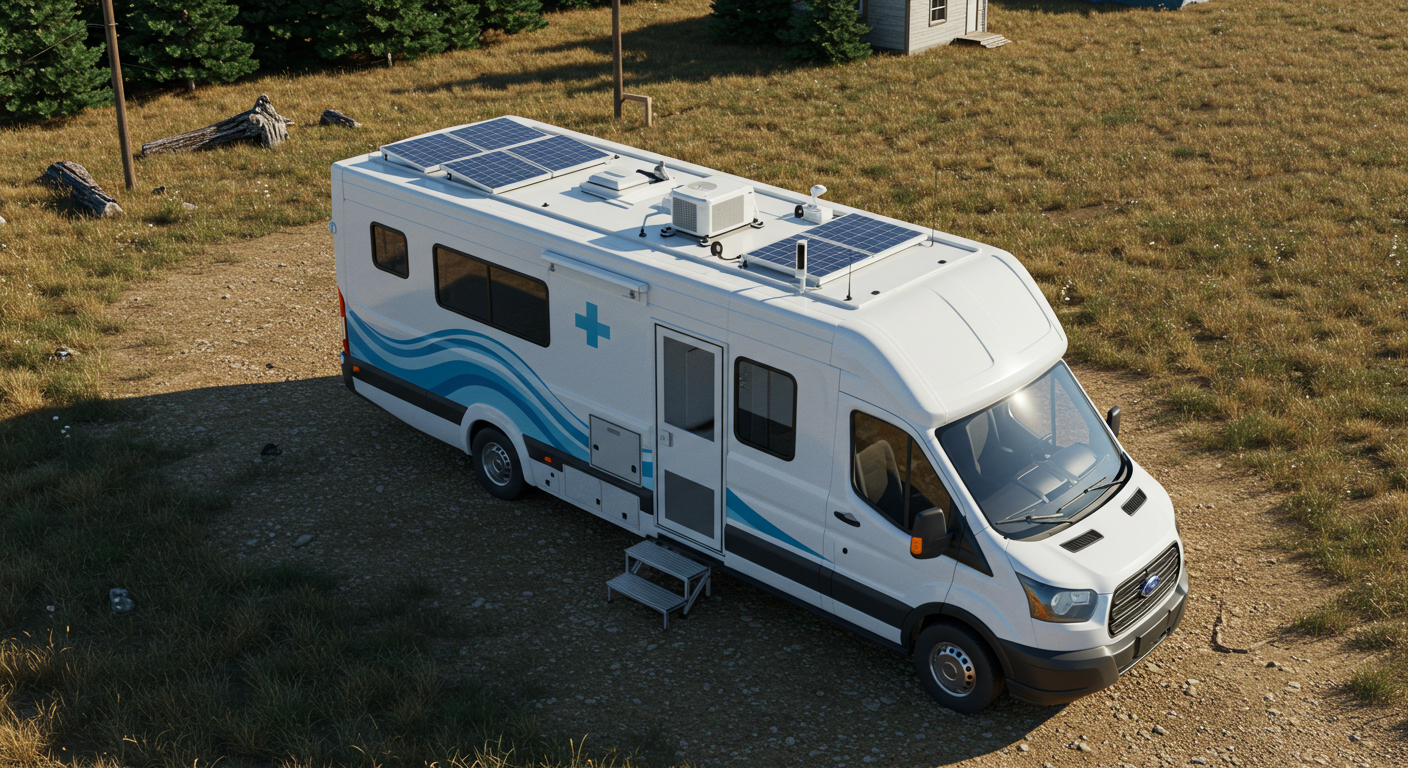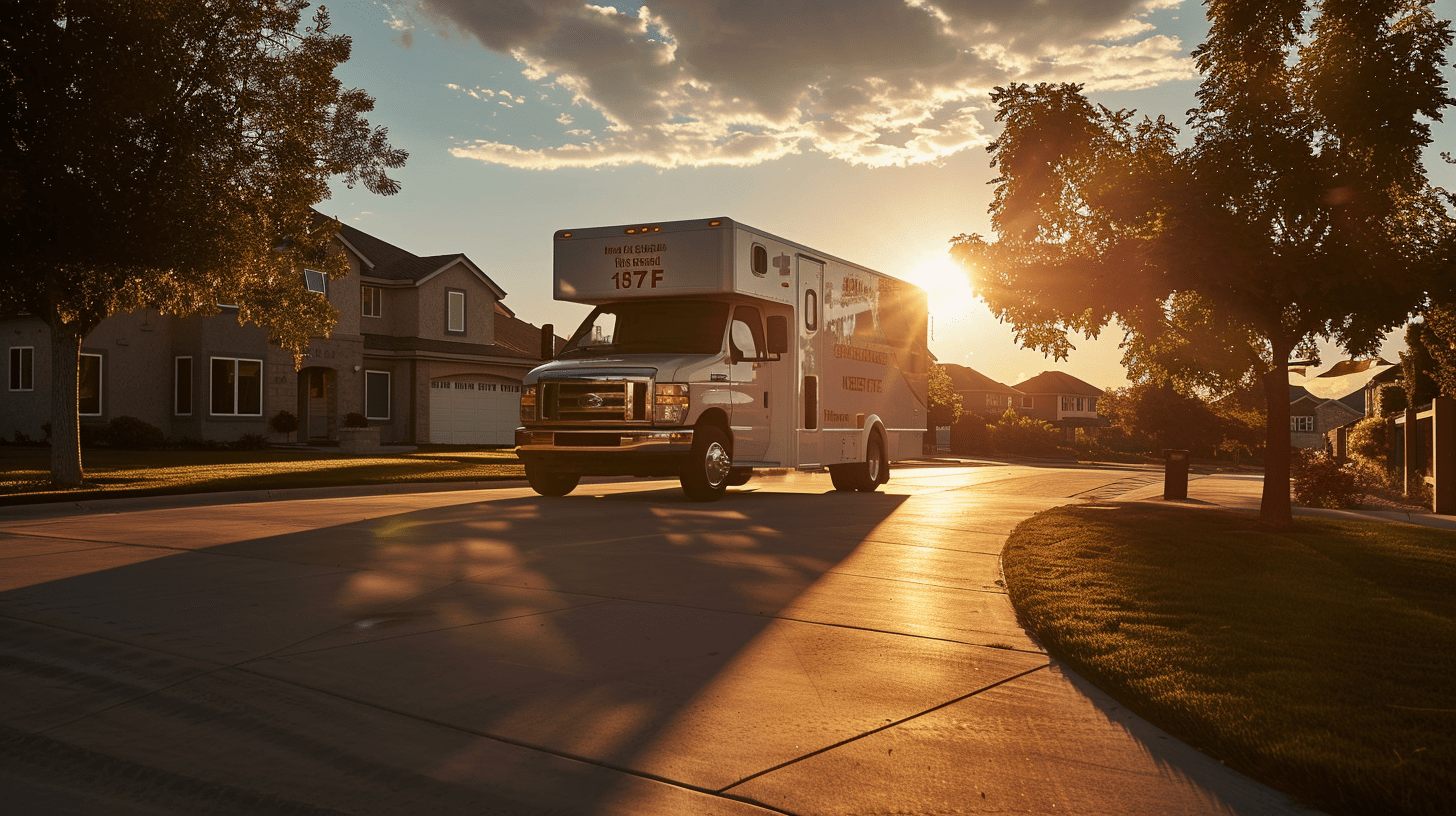Defining Travel Burden
CIHI defines travel burden using a five‑point scale—from very low to very high—to categorize every inpatient hospitalization across Canada. This classification considers the combination of the following factors:
- Community difference: Whether the patient lives in a different census subdivision than the hospital.
- Direct distance: The straight‑line kilometers between the patient’s home and the admitting hospital.
- Road network availability: Whether a continuous road connects home and hospital, or if patients require alternative transport (e.g., plane, ferry).
- Hospitalization type: Scheduled (planned) versus unscheduled (urgent/emergent) admissions, since unexpected travel disrupts work, home, and child care arrangements.
- Patient age: Extra logistical and support considerations for children and seniors, who often travel with companions.
Scale definitions:
- Very low: Scheduled admission, within 10 km along a road network, patient aged 18–64.
- Low: Scheduled admission, 10–49 km via roads, patient aged 18–64.
- Moderate: Scheduled or urgent admission, 50–99 km via roads, or unscheduled admission within 10 km.
- High: Unscheduled admission 100–499 km away, or any admission requiring travel without a road network.
- Very high: Unscheduled admission over 500 km from home with no road connection, or admissions involving children or seniors in similar high‑distance or no‑road scenarios.
This multi‑dimensional approach ensures travel burden reflects not only distance, but also the complexity and urgency of patient journeys.
Interactive Travel Burden Dashboard
This interactive dashboard presents comprehensive travel burden data across Canada. Viewers can:
- Filter by travel burden category (Very Low to Very High) to see how often each level occurs.
- Compare distance groups (0–10 km, 10–49 km, 50–99 km, 100–499 km, 500 + km) against burden severity.
- Toggle by admission type (Scheduled vs. Unscheduled) to understand urgent care travel patterns.
The Impact of Travel Burden
- Long Distances and Limited Infrastructure
- Over 156,000 rural/remote hospitalizations each year incur a high or very high travel burden, with more than 10% of these patients travelling 200+ km on routes without a continuous road network.
- For 3.6% of patients (about 100,000 annually), travel exceeds 500 km, requiring air or ferry transport, which introduces added cost and logistical complexity.
- Delayed and Deferred Care
- Long journeys often lead to postponed or missed appointments, worsening chronic conditions and increasing the likelihood of emergency admissions.
- Financial and time costs—lost wages, overnight stays, childcare arrangements—compound the strain on patients and families.
- Health Inequities
- Indigenous, low-income, and elderly populations disproportionately experience travel barriers, exacerbating existing disparities in health outcomes.
- Seasonal weather extremes in northern and Atlantic provinces further restrict travel options, leaving communities cut off during winter storms or spring thaws.
Why Travel Burden Matters
- Higher Emergency Admissions: Regions with greater travel burden see a rise in emergency department visits, as patients delay care until conditions become critical.
- Worse Clinical Outcomes: Delays in preventative screenings and treatments contribute to later-stage disease diagnoses and more complex interventions.
- Economic Strain: Health systems bear higher costs for emergency transfers, patient escorts, and out-of-province referrals.
Fighting the Travel Burden with Mobile Clinics
Mobile clinics are a proven, cost-effective solution to bring healthcare directly into underserved communities. By outfitting vans or trailers with diagnostic equipment and exam rooms, mobile clinics:
- Reduce Distance: Patients access care within their own communities—no lengthy travel required.
- Offer Flexibility: Clinics can rotate through multiple locations on a regular schedule or respond to emergencies and outreach events.
- Maintain Quality: Equipped with telehealth and AR support, mobile units connect patients to specialists in real time.
- Drive Equity: Pop-up clinics at community centres, schools, and workplaces lower barriers for Indigenous, senior, and low-income populations.
Learn more about deploying a mobile clinic solution in Canada on our Mobile Clinic in Canada page.
Mobilize Change: Bringing Care Closer to Home
The data is clear: travel burden in Canada threatens health equity and worsens outcomes. It’s time for healthcare leaders, policymakers, and community organizations to champion mobile clinic programs—bringing care to Canadians, instead of making Canadians come to care.
- Healthcare Providers: Partner with mobile clinic operators to extend your reach.
- Government Agencies: Incentivize mobile clinic deployments in high-burden areas.
- Community Groups: Host mobile clinic visits and publicize schedules.








